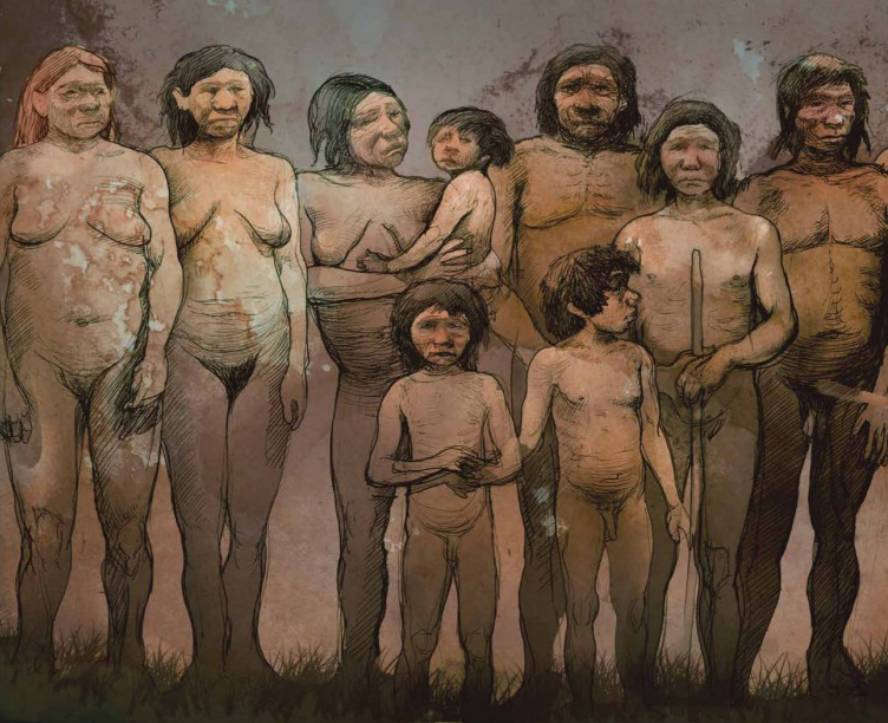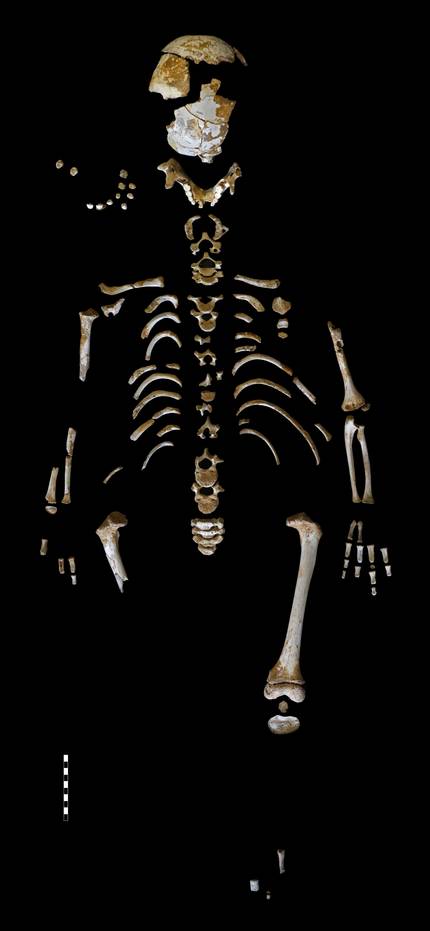The Neanderthal brain grew than modern man

The skeleton of a Neanderthal child found in the Asturian cave of El Sidrón has provided useful data to better understand how the Neanderthal brain developed. When the Neanderthal child died he was 7 years and 8 months old, but his brain only reached 87.5% of the volume. In our species, the brain is practically developed for this age and children aged 5 to 6 years have a development similar to Neanderthal. This discovery has shown that the brain of Neanderthals took longer to develop completely than that of Homo sapiens.
The slow postnatal development of the brain has been characterized for many years by our species. Therefore, the fact that the development time of Neanderthals is longer than ours can bring new questions to researchers.
And it is clear that this lower brain development is not due to the disease of the Neanderthal child. This was pointed out in the journal Science Antonio Rosas, paleoanthropologist and one of the authors of the research of the Museum of Natural Sciences of Madrid. He was 111 cm tall and weighed about 26 kg, he was a strong child. The development of arms, legs and teeth was also equivalent to a Homo sapiens child of the same age.
Homo erectus, a species that lived 1.6 million years ago, had an 8 year growth. But recently a study by Atapuerca already suggested that the Homo predecessor had a slow growth 800,000 years ago. Therefore, it is possible that this growth model of our species has occurred after H. erectus and before H. antecesor.
According to Science researchers, the brain is one of the most energy-consuming organs in the human body. The development of a large brain is a process of high energy cost that competes with energy destined for the growth of the body. Neanderthals had more brain than Homo sapiens, so they would have to find a certain way to cope with this energy expenditure, and lengthening the growth time of the brain can be a way to distribute metabolic expenditure.






